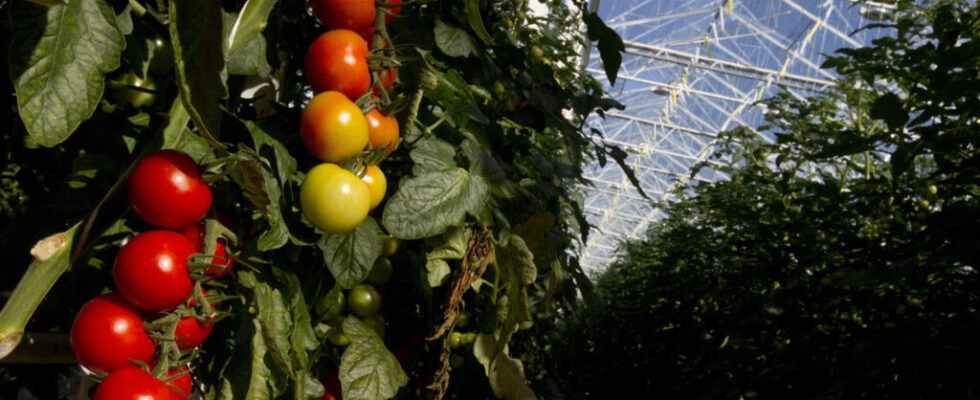According to a study by an international team of scientists published in the benchmark journal PNAS, mixing crops on the same field is one of the best solutions for securing agricultural production while reducing its environmental footprint. This in the face of the food needs of a growing world population and climate change. Polyculture is a tradition in many African countries, but not widespread in the West.
Increasing global agricultural productivity is crucially central as the world grapples with the consequences of climate change and a growing global population. But the question has become central, especially since the invasion of Ukraine by Russia, respectively the fifth and largest exporter of wheat in the world – that is 30% of the planet’s supply.
Because the conflict has plunged food markets into uncertainty since February and displayed the dependence of many countries on imports: A few days after the start of the war on February 24, world food prices had thus reached their ” highest levels ever recorded “Said in a report published Friday, January 6, the United Nations Food and Agriculture Organization (FAO).
Uncertainty for poor countries
For the whole of 2022, the FAO food price index, which tracks the change in international prices of a basket of basic products, increased by 14.3 % more than the average value of 2021 “, said the organization on Friday. The previous record dates back to 2011, marked by a food crisis and food riots in Africa, when the index stood at 131.9 points.
Poor countries, particularly on the African continent, have experienced an explosion in the cost of living, raising fears of a new global food crisis.
According to a study by an international team of scientists published in the reference journal PNAS, mixing crops on the same field is one of the best solutions for securing agricultural production while reducing its environmental footprint. David Makowski, research director at the French Institute for Agricultural Research (Inrae), one of the authors of the study, explained the conclusions of the latter.
It has been shown that agricultural areas can be reduced by almost 20% by mixing several species on the same agricultural plots. The most interesting results are by mixing a cereal with a legume, in particular by mixing corn and soybeans, which are two major species produced on a global scale and which play a major role in food security. And we have seen that the most interesting results were obtained under moderate fertilization conditions. So there is an environmental interest for several reasons. A first reason is that you can make savings in nitrogen, and in nitrogen fertilizers. It is a source of pollution: either nitrates in the water, or a source of ammonia in the atmosphere, which can lead to the production of fine particles. The other environmental interest is that we realized that by mixing several species, we often have fewer diseases, fewer pests in the agricultural plots, which also makes it possible to save money in terms of use of pesticides.
David Makowski, research director at the French Agricultural Research Institute (Inrae), explains the interest of polyculture for the future
